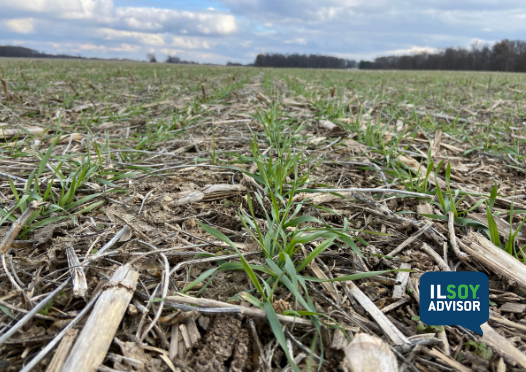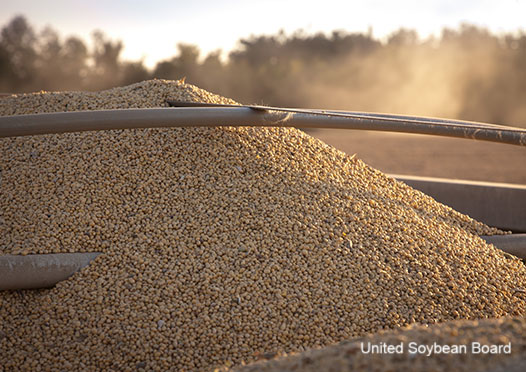ILSOYADVISOR POST
Five AgTech Pre-Planting Considerations
Spring has sprung and so has the excitement of a new crop season in Illinois. With all the excitement of a new crop, it is also a time to reflect on the last crop to see what can be improved with the new technology available. You have spent all winter seeing new, innovative ag tech at virtual events, farm shows and implement dealer events. Now you are ready to start applying this new technology into your operation.
Before you start using some of the new precision ag and new ag tech tools, you may have to do a little set-up work. With planting right around the corner, this set-up work can easily be concluded before the rush of the planting season begins, helping you to be more efficient and to utilize all of the planned ag tech this season.
1. Set-Up Field Boundaries
Manually going around each field-to-map field boundaries may be a tedious task; however it sets up spring operations for success. Taking out waterways in the field and GPS tracking tree lines allows for correct placement of tillage and planting operations. Using an ATV or an UTV to set up field boundaries also allows for correct GPS offset in the field. Offsets are the basis of guidance lines for fields and as fields change, guidance lines change. Establishing boundaries allow for correct set-up files to be built and loaded into the monitor, supporting consistent naming structures for every operator on the farm.
2. Planter Set-Up
A good set-up of the planter is not only going to save time in the spring, but it can help save your yield in the fall. Precision ag technologies on the planter may be the most exciting, fastest growing and most innovative area of ag tech I see. From adding liquid fertilizer to the planter to optimizing seed to soil contact from sensors in every row, major innovation is happening on that planter. Setting up the planter and making sure all technology is working is essential to maximizing the use of ag tech on your farm. One thing I suggest is to make test passes with the planter to make sure all sensors are working, liquid is flowing and seed is coming out of the planter. Additionally, take the time to calibrate each row of the planter by running seed through. Calibrating your planter early will ensure that data collected is correct and seed is flowing out of each row.
3. Plan for In-Field Trials
One of my favorite things to talk to growers about is in-field trials -- precision ag is essential to measuring the success of your field trials. To prepare, create and load any prescription files to monitors for in-field trials. Create certain zones in farm management systems to gather information required for trials.
Ag tech is advancing in the form of new in-field innovations such as microbes and biological products that are delivering different forms of nutrients needed for crops. It is great to consider the types of trials you want to run and plan for those trials in the beginning of the season, then executing on them before planting.
4. Consider After Planting Uses for Data
Planting is only the start of the precision ag journey for a grower. Considering how you want to use the post-planting data is essential. One of my favorite applications of precision ag is to use post planting to see if any field spots were missed or may need to be replanted due to planting errors or natural disaster events. Additionally, using your planting data for crop insurance acreage reporting to your agent is a great ag tech tool for growers, allowing you to insure only what you are planting. It can help maximize the effectiveness of your crop insurance policy.
5. Make A Game Plan for In-field Ag Tech Decisions
Precision ag presents many innovations when it comes to in-field management decisions, especially during planting. In farming operations, I often see two different types of operators: one skilled with tech and another an early adopter. Creating a game plan before the season starts, defining how to execute ag tech decisions such as downforce reading, good ride measurements and seed singulation will help result in more informed decisions in the cab. I recommend reviewing how fields are set-up and showing operators how to capture data in the field as part of your preseason game plan.
To learn more about RCIS, visit their website at https://www.rcis.com/home/.
RCIS is a registered trademark of Rural Community Insurance Company. RCIC is an equal opportunity provider. ©2021 Rural Community Insurance Company. All rights reserved.





Comments
Add new comment